Carlo Ratti is an architect, professor, inventor, entrepreneur, and the director of MIT’s Senseable City Lab, so he looks at the world through multiple lenses. For the MEET Digital Culture Center near one of the historic gates of Milan, he applied thinking from a variety of disciplines to the challenge of creating a physical space for people curious about the virtual realm. “I’m interested in the convergence of the digital and the physical, the artificial and the natural,” says Ratti.
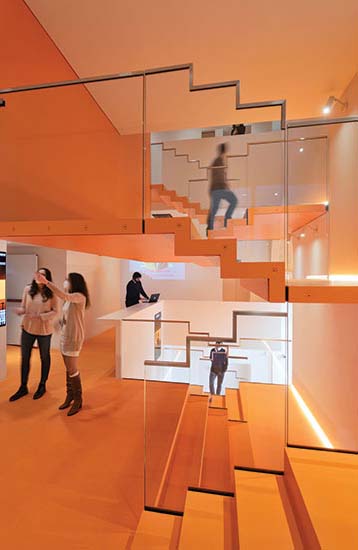
Views up and down multiple landings, and counters for laptops encourage visitors to use the main stairs as a social hub. Photo © Michele Nastasi, click to enlarge.
Set within an early 20th-century palazzo in the Porta Venezia neighborhood, the MEET Center straddles eras, as well as technologies. Occupying the same space as the Spazio Oberdan, an avant-garde cultural hub inserted in the first three floors of the building by Gae Aulenti in the 1990s, the new facility must negotiate the jump from a classical building envelope of stone and brick to a fluid interior of “hybridized” spaces and ultra-high-definition screens. Though it replaces the Spazio Oberdan, it tries to retain the mercurial spirit of Aulenti, whose work channeled both Modernism and Postmodernism. That’s a lot to do in 16,000 square feet, on the lower floors of a six-story building (with apartments above; neither Aulenti nor Ratti were involved in the residential portion of the building).
One tool Ratti uses is light. He and his collaborator, architect Italo Rota, who had worked with Aulenti on the Musée d’Orsay in Paris, weren’t allowed to change much of the century-old exterior, so they created a warm orange glow emanating from the second floor to alert people on the street that something intriguing was going on inside. “The idea was to create a strange halo,” explains Ratti. He and his team also designed a sign made of separate elements set within the building’s arched entrance that come into alignment and read as “MEET” only when pedestrians get close. “We wanted to produce a sense of suspense,” says Ratti.

1
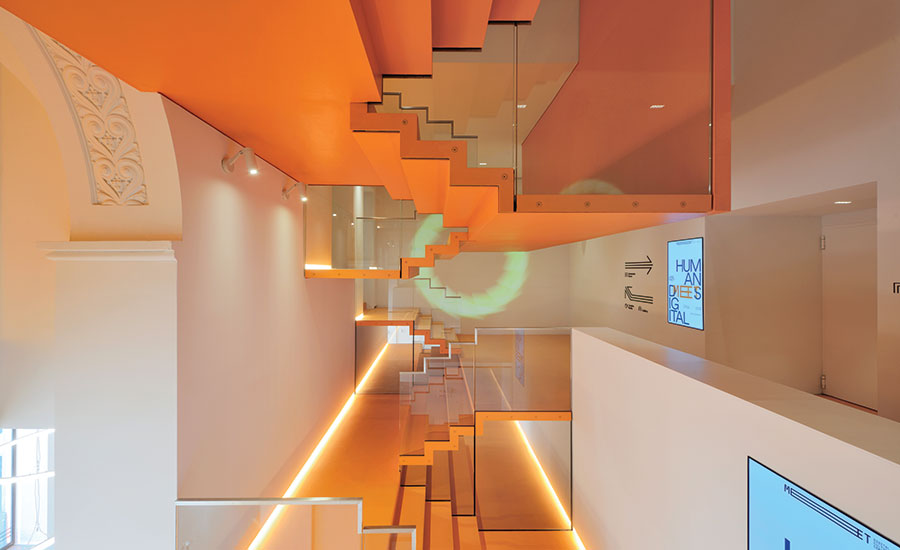
2
The architects used custom lighting and color to guide visitors through exhibition areas (1) and the central stair (2). Photos © Michele Nastasi, click to enlarge.
Inside, the architect uses light to draw visitors up zigzagging stairs set within a 50-foot-high atrium that Ratti refers to as a vertical plaza. The social heart of the project, the stairs are wide enough to allow people to interact and congregate. As a multipurpose space the stairwell offers vantage points for digital screens, live performances, talks, and all sorts of activities. Disc-shaped robots called Scribits, developed by Carlo Ratti Associati, move along wires to sketch and then erase colorful drawings on the white walls of the space. The stairs themselves are assembled from digitally fabricated lightweight steel panels that Ratti developed as well. By integrating digital technologies everywhere, Ratti hopes to make them “disappear.” He also hopes that the wide stairs and multiple landings will encourage the kind of serendipitous live encounters that don’t happen in the digital world. “In digital space, we can filter out what we don’t want,” he says. “But here, I want to bring different communities together.” While the stair is the buzzing social hub of the center, the fluid arrangement of spaces encourages visitors to explore the entire facility, from the 200-seat theater and café on the ground floor to exhibition galleries and an Immersive Room, showing ultra-high-definition images on three walls, on the second floor, to classroom/workshops and offices on the third.
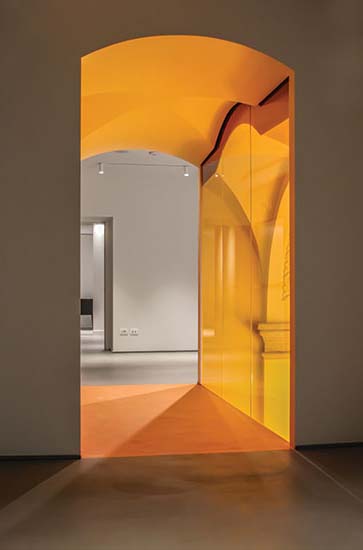
Some original molding and details were retained to create a sense of layered history. Photo © Serena Giardina
Founded in 2018 by art critic and new-media proponent Maria Grazia Mattei, and supported by Fondazione Cariplo, one of Europe’s largest charitable organizations, MEET aims to bridge the digital divide in Italy. Understanding that innovation is a cultural issue more than a technological one, Mattei wants to establish a place where people without home access to the latest technology can be introduced to the digital world and mix with computer nerds, cinema fans, artists, and cultural influencers. With that goal in mind, Ratti designed spaces with hybridized functions, so that different types of visitors are drawn to all parts of the center and not just to ones geared to their special interest, such as the cinema or the exhibition galleries. MEET opened on October 31 with limited visitation due to the coronavirus pandemic, then closed for most of November when Milan went into lockdown during the Covid surge. It reopened at the end of November, only to close again until January 15, at least; at press time, it was not yet known if that date could be kept or exactly when the pandemic would allow MEET to be open.
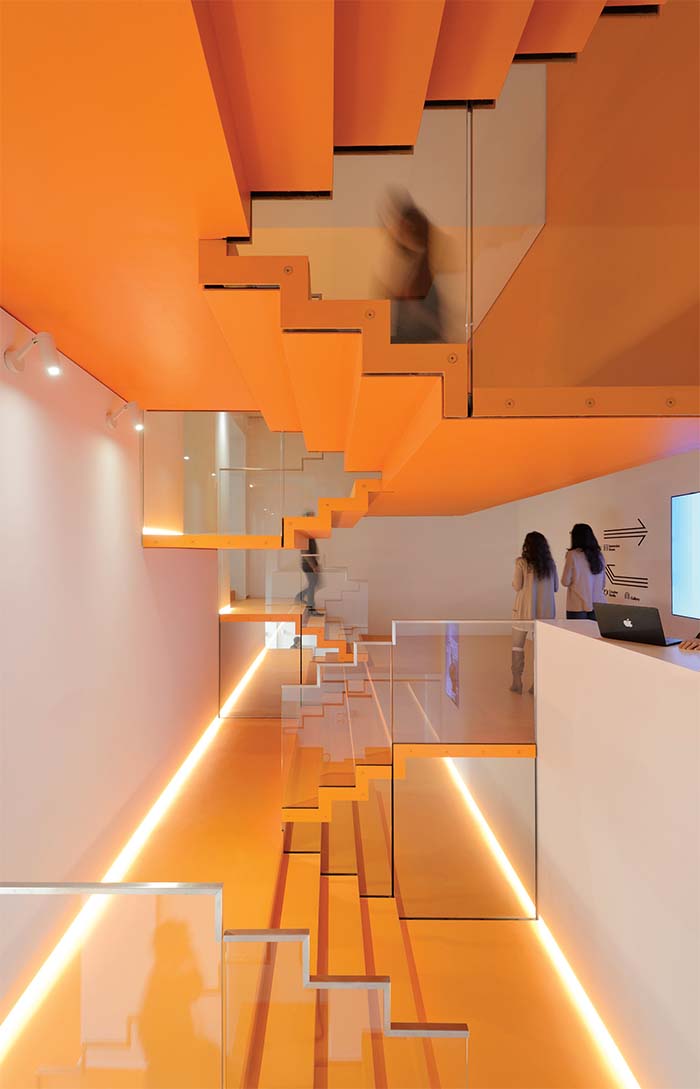
3
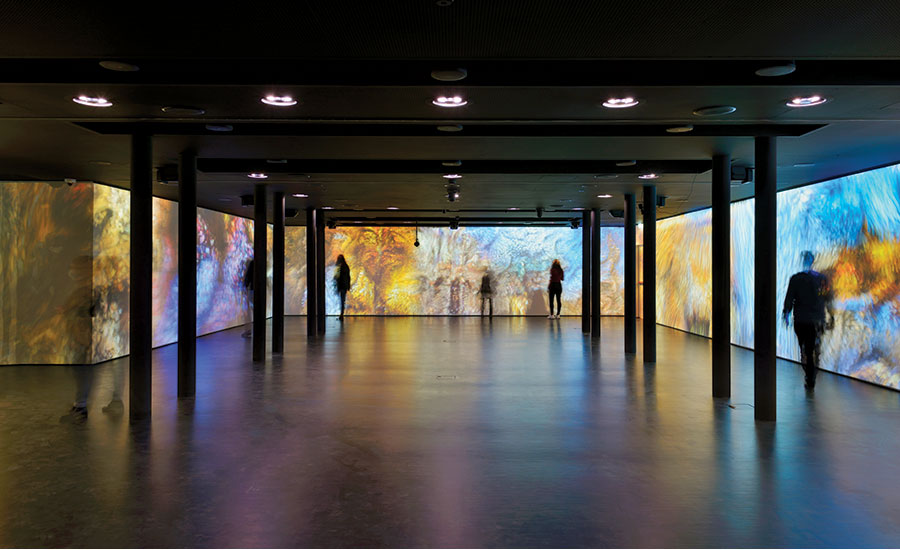
4
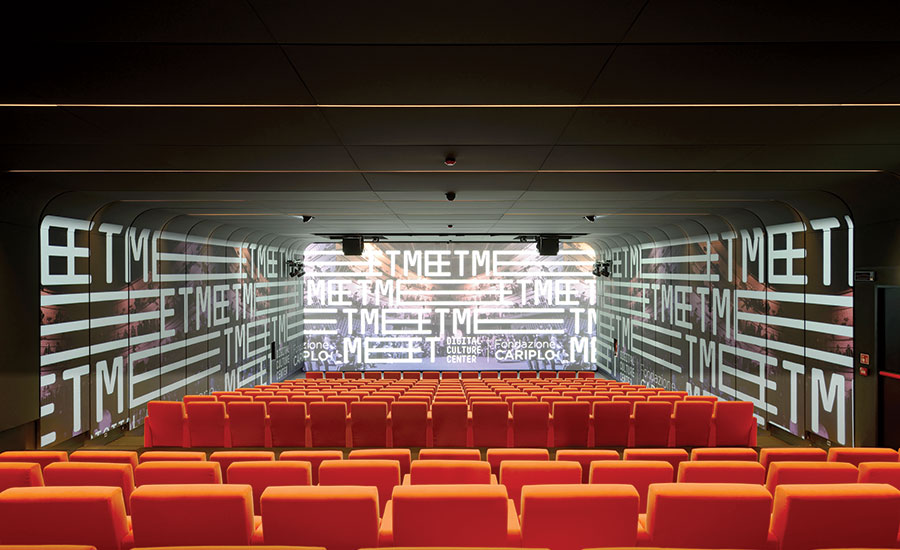
5
All of the key spaces, including the main stair (3), the Immersion Room (4), and the cinema (5) were designed to host a variety of activities. Photos © Michele Nastasi
Although designed before the pandemic blurred distinctions between home and office, school and gallery, sidewalk and restaurant, MEET offers a three-dimensional approach to melding functions and modalities. At the Senseable City Lab, in his start-ups, and in his professional practice, Ratti explores such issues on multiple scales, from the design of a high-tech scooter to a master plan for a new campus for the University of Milan on the site of the 2015 World Expo. He acknowledges the influence of the 20th-century Milanese architect and critic Ernesto Rogers, who said he wanted to design everything, “from a spoon to a city.” For Ratti, the ambition is to engage everything “from a microchip to the planet.”
Click plans to enlarge
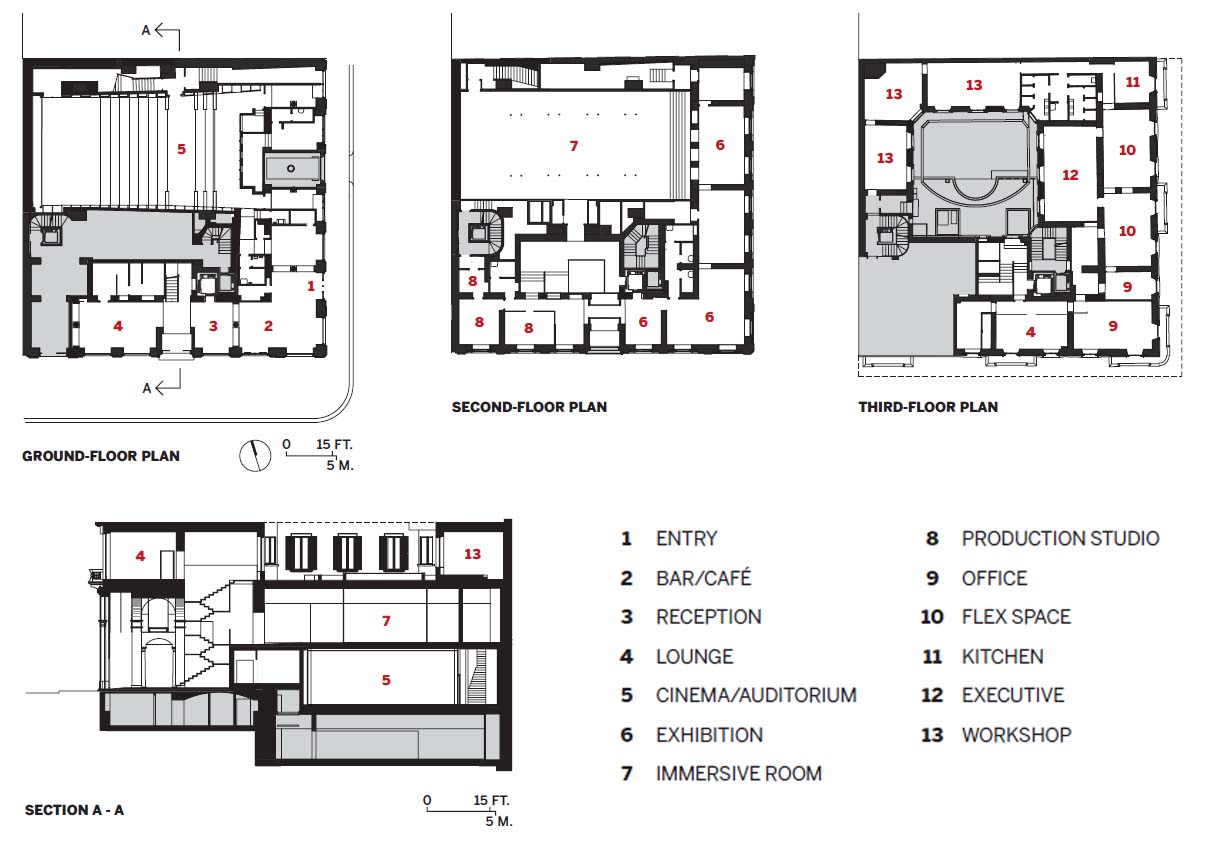
Credits
Architect:
CRA-Carlo Ratti Associati — Carlo Ratti, principal; Andrea Cassi, project manager; Chiara Morandini, project leader; Valentina Grasso, Luca Giacolini, Serena Giardina, Aurora Maggio, Anna Morani, Matteo Zerbi, Aunie Frisch, Andrea Galli, Oliver Kazimir, Gerolamo Gnecchi Rusconi, Alessandro Tassinari, project team
Associate Architect:
Studio Del Giacco
Artistic Director:
Italo Rota
Consultants:
Francesca Grassi (bistro furniture design); Onleco (acoustics); Audviser (audiovisual technologies); Ai Studio (preliminary m/e/p and environmental); INGEMBP (structural design)
Client:
MEET
Owner:
Fondazione Cariplo
Size:
16,000 square feet
Cost:
Withheld
Completion Date:
October 2020
Sources
Lighting:
Artemide
Floors:
Kerakoll
Chairs, Fixed Seating:
TMA-True Design
Office Furniture:
ESTEL
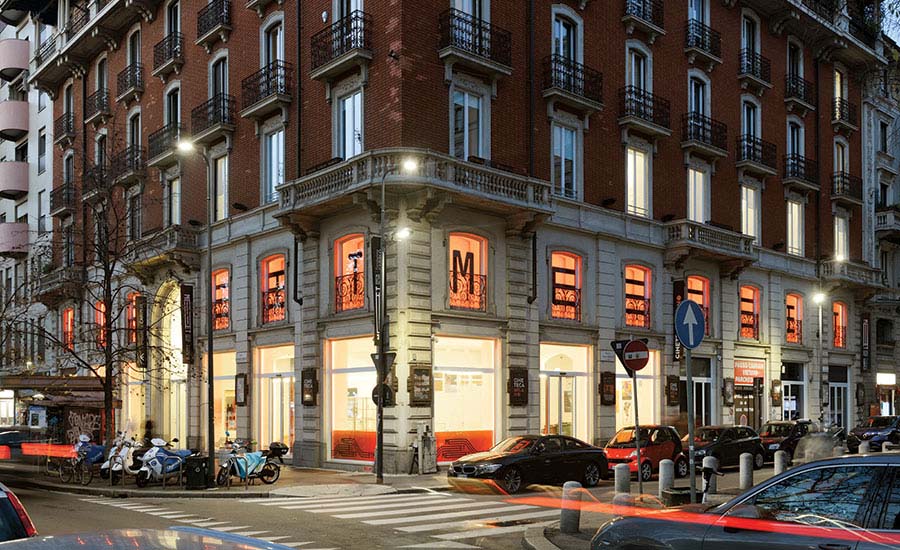


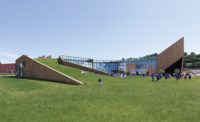
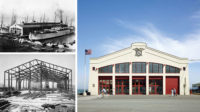
Post a comment to this article
Report Abusive Comment